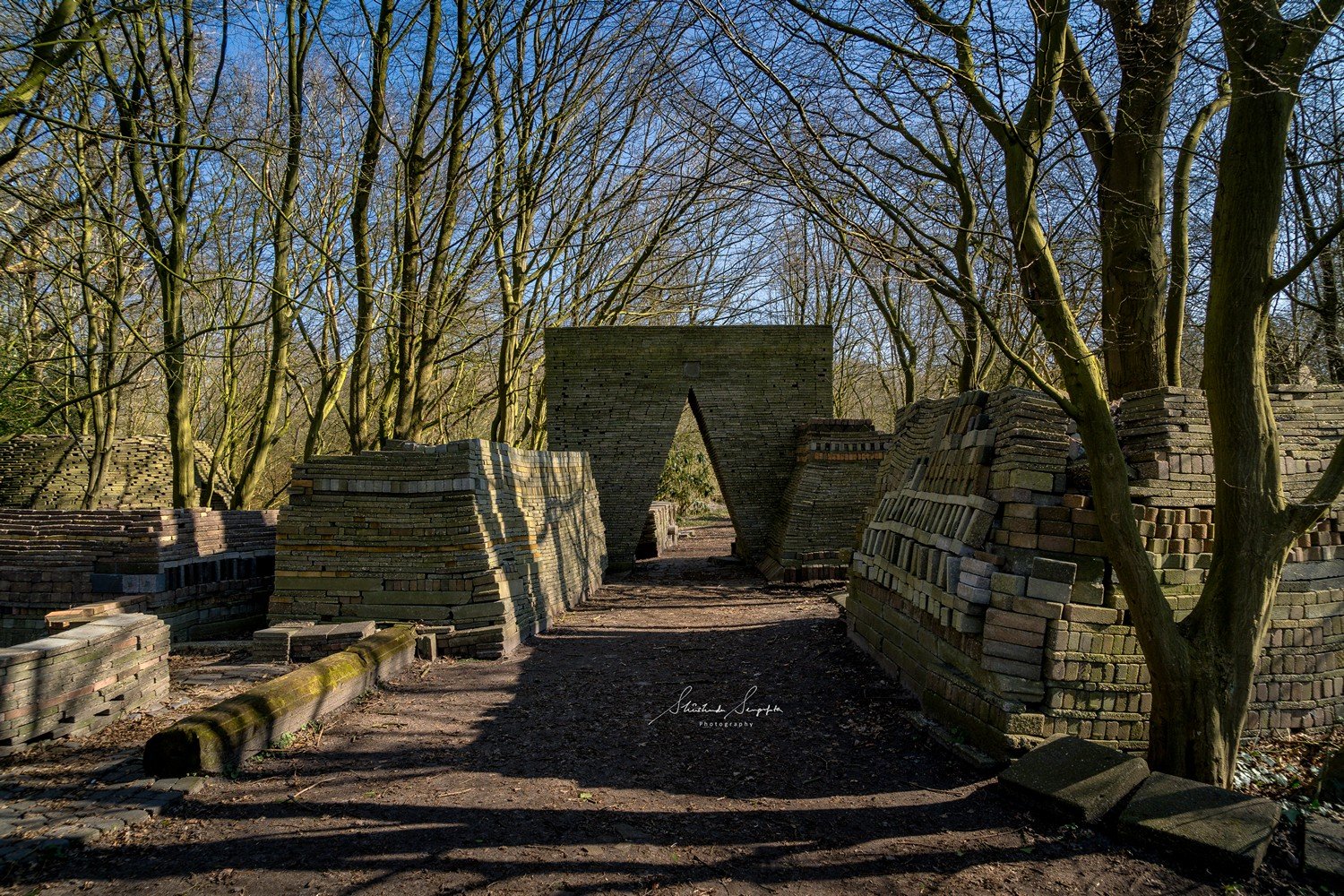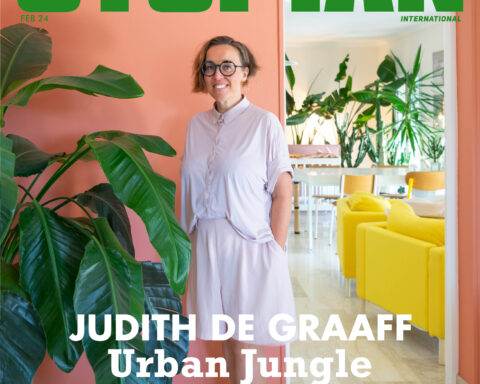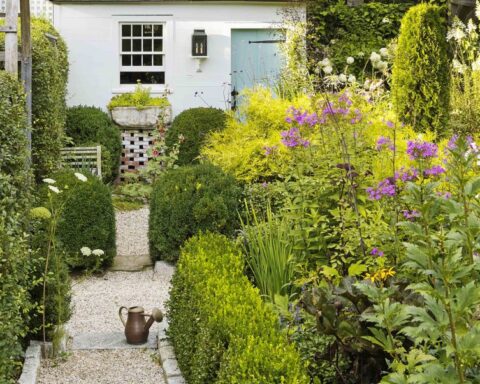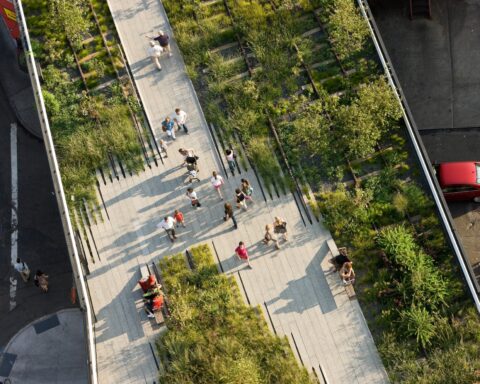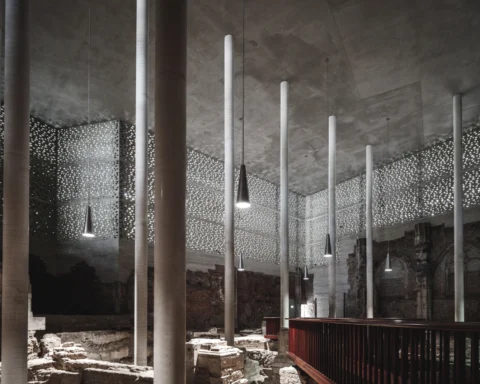In the 1970s, Louis Le Roy (1924-2012) became known for the idea of the wild garden. Recently, this unruly artist and self-proclaimed ‘ecotect’ has been rediscovered. His plea for a creative interaction between plants, animals and humans not only stretched the boundaries of art; it also anticipated today’s ecological thinking.
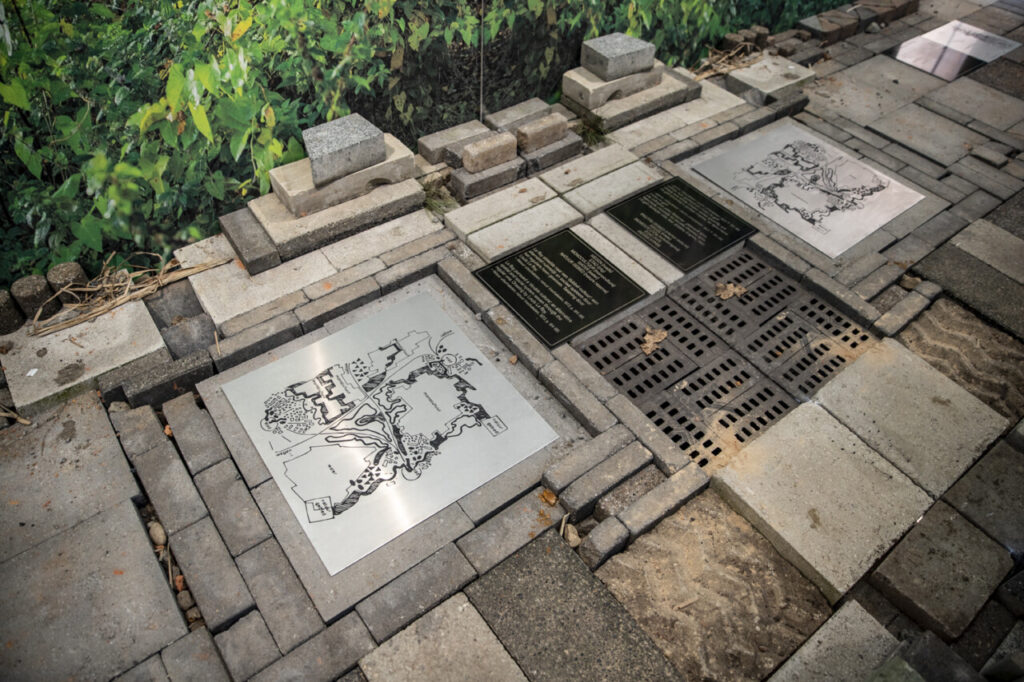
His gardens are not so much designed as gradually self-developing on a foundation of stacked construction waste. Residents and users are actively involved in the stacking and sometimes in the sowing and planting of the natural ruins. After that, maintenance is limited to what is absolutely necessary. Time and the natural growth process are given plenty of room.
The Eco-Cathedral in Mildam, his most famous work, has been continuously ‘constructed’ since the 1960s, using rubble – tiles, bricks and beams – from the nearby municipality of Heerenveen. Plants, animals and people continue to work together and the complexity of the ecosystem grows, forming an ideal habitat for numerous insects, birds, amphibians and other animals.
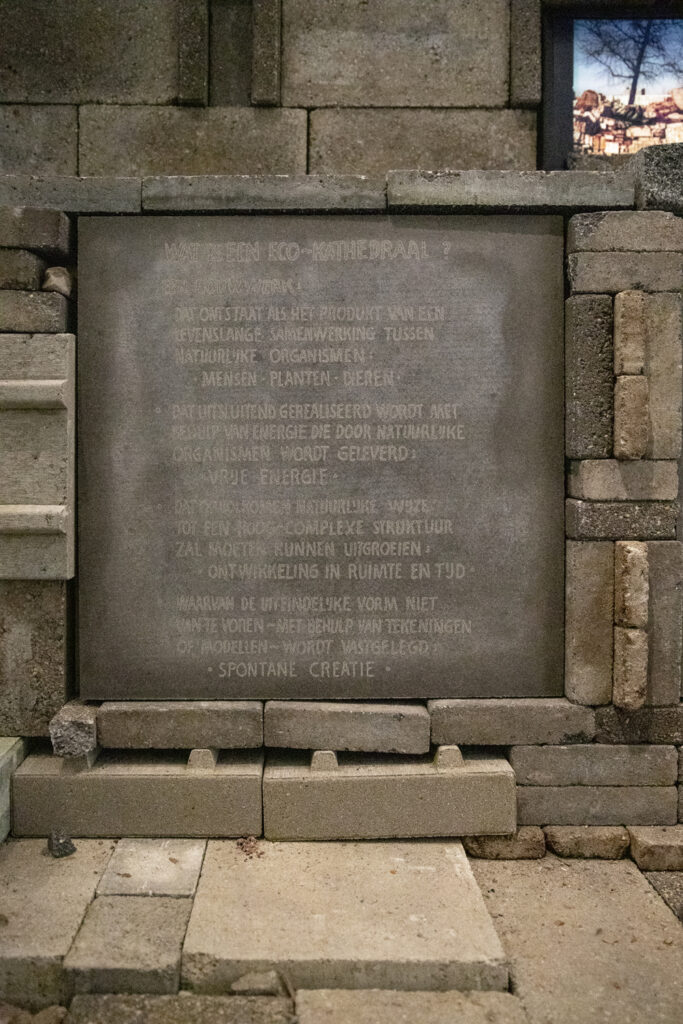
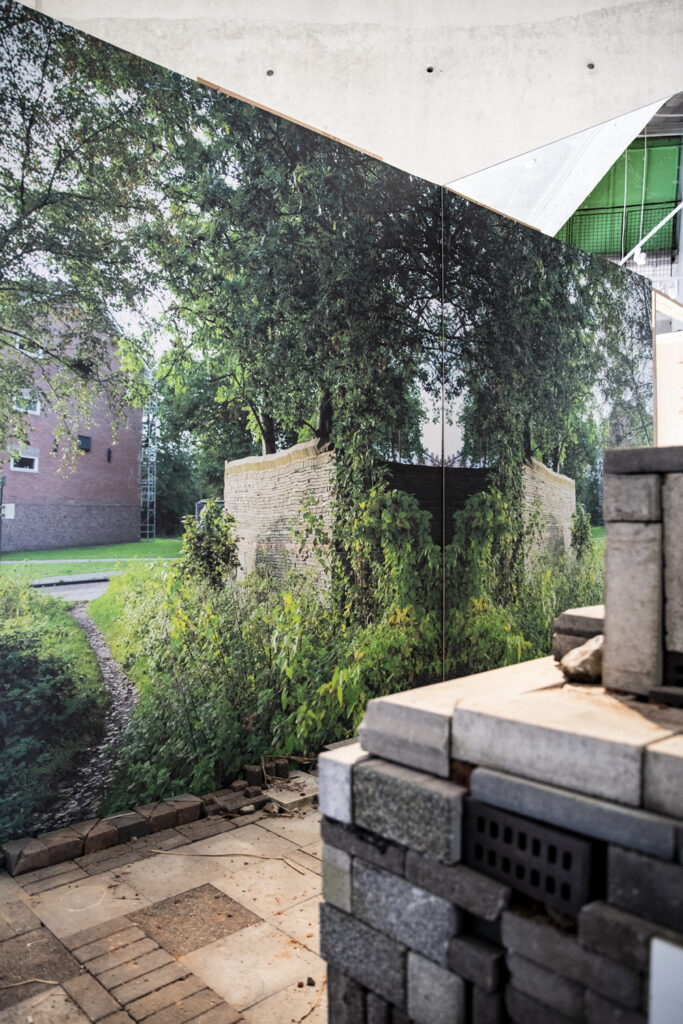
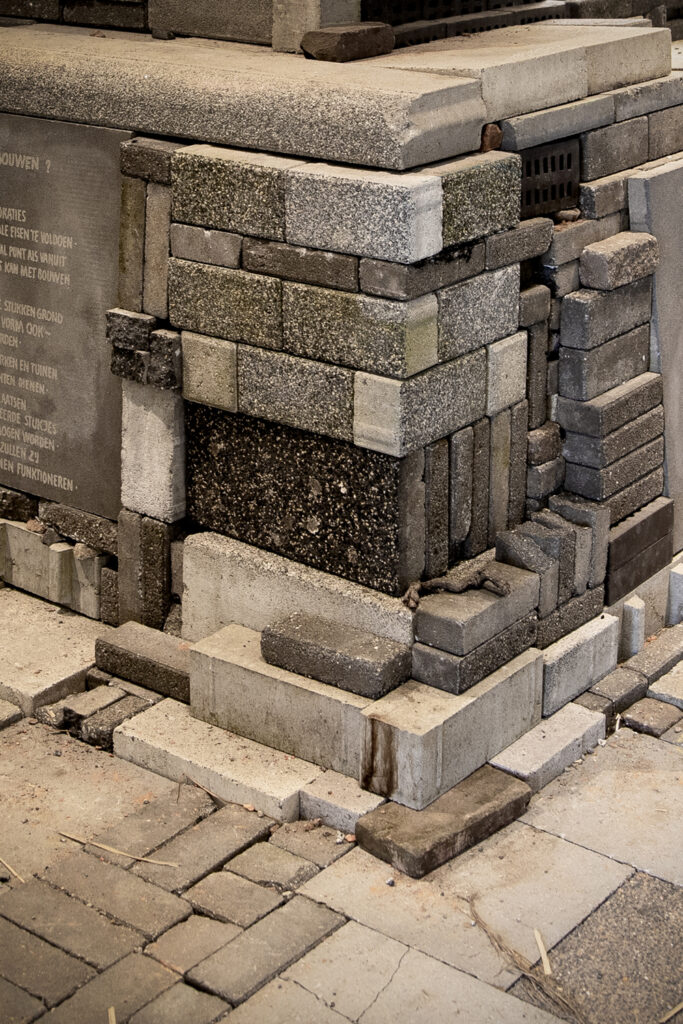
The current interest in Le Roy fits in with thinking about the future of garden and landscape archives, which are now often inaccessible or even threatened. Together with various partners and Het Nieuwe Instituut, the project is investigating a long-term perspective for important legacies such as that of Louis Le Roy.
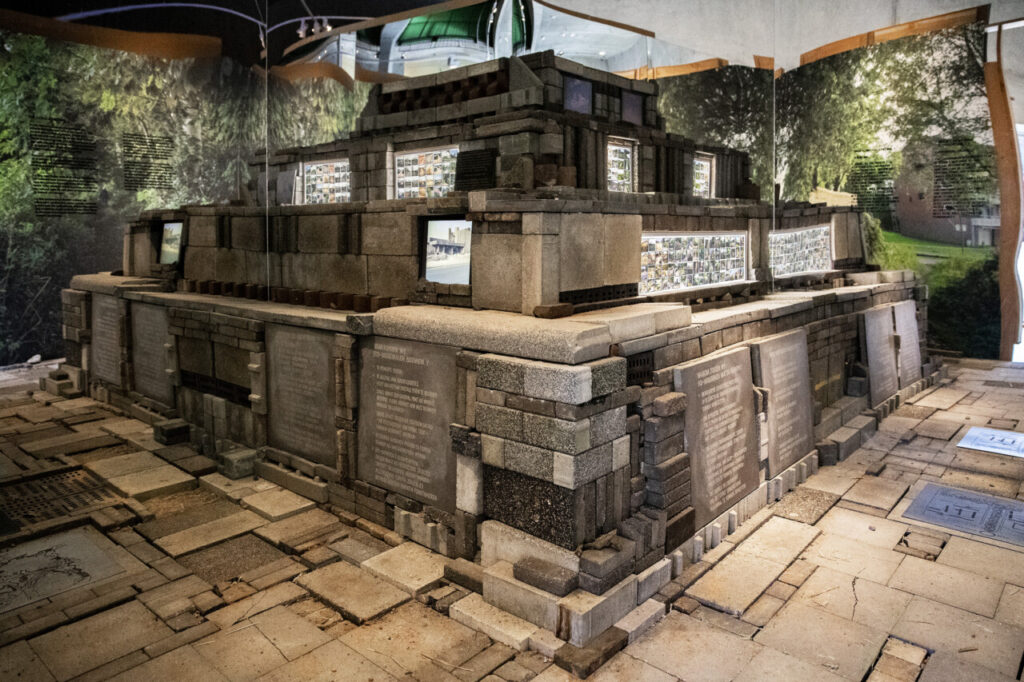
A Dutch visual artist, philosopher, and landscape architect (who liked to call himself ‘Ecotect’) Louis Guillaume Le Roy (1924–2012) is credited with coining the term ‘Eco-cathedral.’ The name is made up of two elements, ‘Eco’ standing for the natural world, and ‘Cathedral’ for the culture. He intended this to convey the idea that culture and environment should coexist. They are interdependent; their relationship is symbiotic. He defined the term ‘Eco-cathedral’ as a structure that –
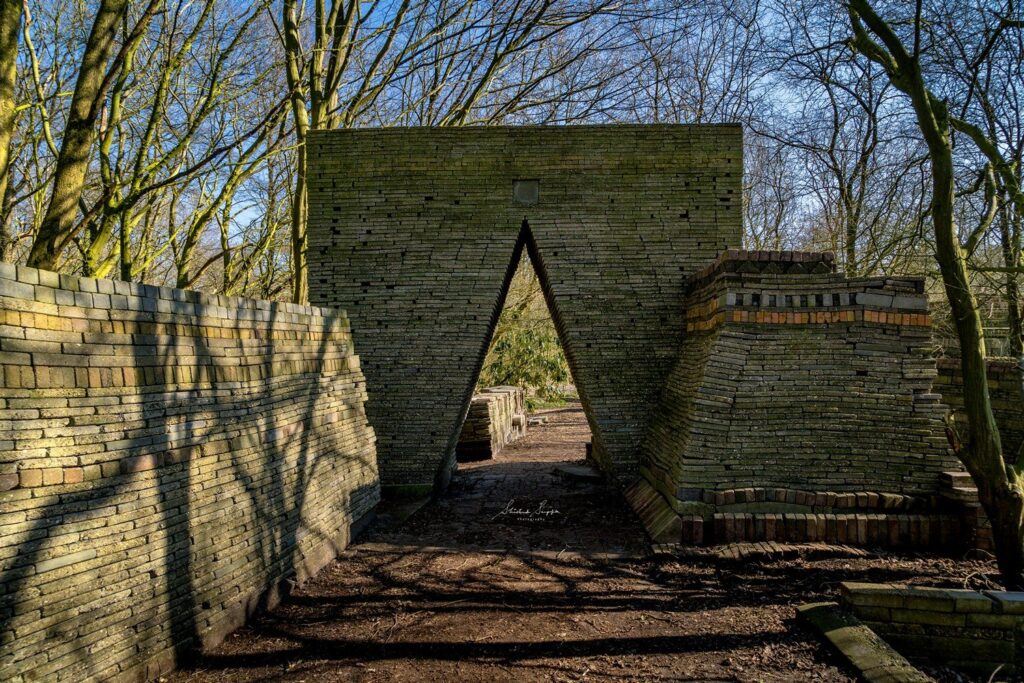
- Results from a lifelong partnership between natural organisms – people, plants, animals
- Is realized with the help of energy provided by natural organisms – free energy
- Evolves into a highly complex structure entirely naturally – development in space and time
- Whose final form is not predetermined by drawings or models – spontaneous creation
The Ecokathedraal, which is located close to the town of Mildam in the gemeente (municipality) of Heerenveen, in the Dutch province of Friesland, was constructed in 1965 by Louis le Roy, who acquired an empty plot of land in that area. He worked out a deal with the municipality so that unused bricks and construction waste would be delivered to him. He progressively built the buildings that would eventually make up his ‘Eco-tectural’ artwork without using any machines or cement. Le Roy argued that every Dutch town should set aside 1% of its area as an eco-cathedral.
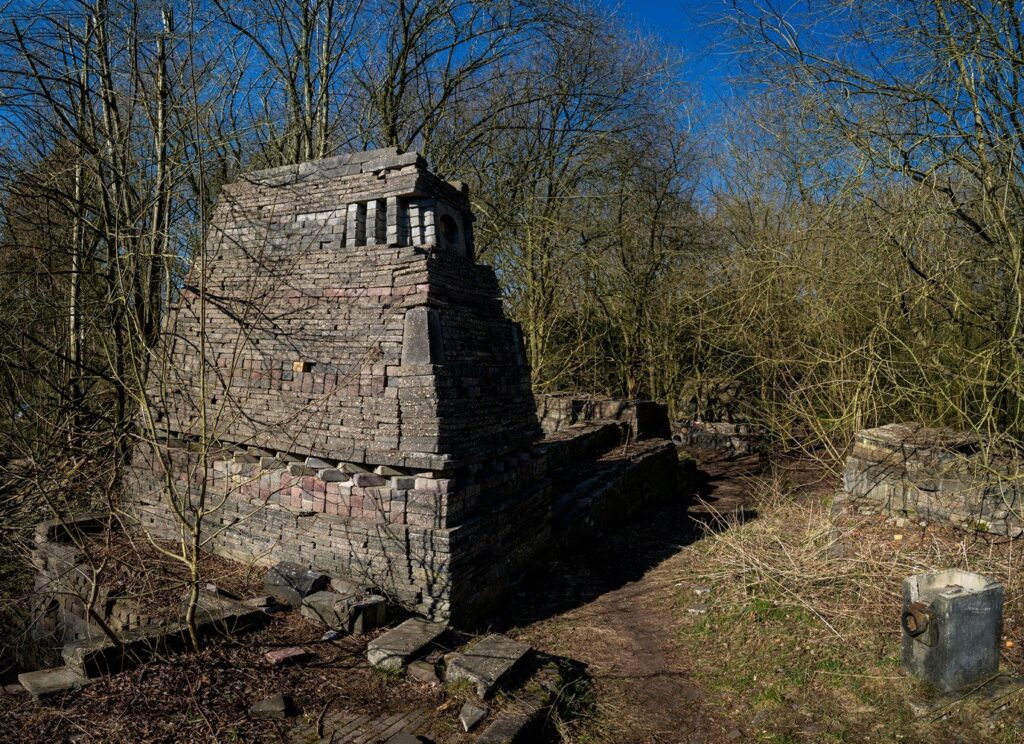
Today, the Ecokathedraal is open to the public and spans around two hectares. Due to its distinctive environment and plants, the location is listed as a Cultural Heritage and draws tourists from both domestic and foreign countries. The place is also used for stage plays, music performances (Oranjewoud Festival), guided tours, meditation training, and photo courses.
Info: https://www.instagram.com/shirshendusenguptaphotography/
http://minji-choi.com/the-eco-cathedral/
